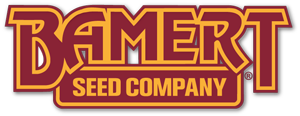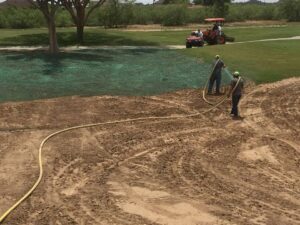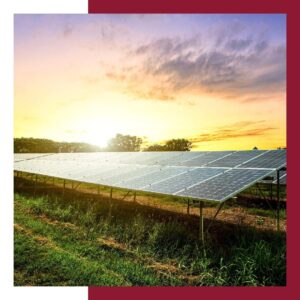By Rob Cook, Director of Business Development, Bamert Seed
Have you been a little confused with bulk pounds vs PLS pounds when you’re purchasing seed? Have you had a seed dealer recommend purchasing a native seed blend on a bulk pound basis while another recommends purchasing on a PLS pound basis? I’m pretty sure you’re not alone, but there is good reason that you should be purchasing a native seed blend for wildlife/pollinator habitat, agricultural use, or for a reclamation project on a PLS pound basis. At the very least, you should know the PLS % of the blend you’re purchasing.
First of all. What exactly does PLS mean? PLS refers to pure live seed. Pure live seed is the measure of viable/live seed in your order. It is obtained when a specific lot of seed is tested. The test will come back with the percentage of the purity, the percentage of dormant seed, and the percentage of the seed that geminated within the sample. To obtain the PLS % within that particular lot, the % purity is multiplied by the sum of % germination plus % dormant seed. This is a somewhat complicated way of explaining the percentage of viable seed in a bag.
To make it easier, let’s assume that you are buying a 100 bulk pound bag of little bluestem from seed dealer “X”. The test shows a purity of 90%. That means 90% of the sample is little bluestem seed, while the remaining 10% is inert matter, weed seed, or other crop seed. The sample has a 60% germination rate and 10% dormant seed. If you remember from above, we add % germination and % dormant seed. In this example, we would come up with 70% viable seed. We then multiply % purity by the % viable seed.
0.90 purity X 0.70 viable seed = 0.63 or 63% PLS
We now know that the bag of little bluestem has a 63% PLS. This means that of the 100 bulk pounds within the bag, 63 pounds will be viable seed (63 PLS pounds). The remaining 37 bulk pounds in the bag will be made up of inert matter, weed seed, other crop seed, or non-viable seed.
If you buy this bag on a bulk pound basis you would be paying for every pound in the bag regardless of what it was. In other words, you are paying for the inert matter, weed seed, other crop seed, non-viable seed, as well as the viable seed. If you purchased the bag on a PLS pound basic, you are only paying for the 63 pounds of viable seed in the bag. This could have a huge impact on the actual cost of your final product depending on the price of each example. Buying on a PLS pound basis is the only way to know the true cost of your seed.
Purchasing on a PLS pound basis allows for you to compare apples to apples. Not every lot of a native species is created equal. In our example, the lot of little bluestem that you are purchasing from seed dealer “X” has a 63% PLS. Let’s say seed dealer “Y” has a lot of little bluestem that is 90% PLS. If both dealers are offering the seed at the same price per bulk pound, the seed from seed dealer “Y” is obviously the better value. As another example, seed dealer “X” could be offering the seed at a lower cost, but how much lower does it need to be to make it the better value? The only way for you to know the value of each lot is to know the cost per PLS pound of seed.
The lower PLS % lot is not necessarily lower in quality compared to the higher PLS % lot if you are also using a PLS pound/acre planting rate. Let’s say that your project called for a planting rate of 10 PLS pounds/acre. To reach that rate using the 90% PLS lot you would have to put out about 11.11 bulk pounds/ac. To reach the same planting rate with the 63% PLS lot, you would have to put out about 15.87 bulk pounds/ac. The increased bulk planting rate needed to accomplish the desired PLS planting rate will not have any added cost if you’re buying on a PLS pound basis. Most products sold on a bulk pound basis will have a recommended planting rate in bulk pounds. If you use our example from earlier and put out a 10 bulk pound/ac planting rate, the seed purchased from dealer “X” will result in about 2.7 fewer pounds of viable seed being planted per acre. This must be factored in when evaluating the cost of the project.
The goals of nearly any project with native seed include a good stand, from the seed that is planted, achieved in the most economical way possible. The best way to ensure that this happens is to use an appropriate planting rate, whether it is pounds/ac or seed/foot, and to use and pay for only viable seeds to accomplish that planting rate. The only way to accomplish this is to purchase good quality seed and know the PLS pounds that you’re purchasing. You can do the math yourself, or just purchase all of your seed on a PLS basis.



